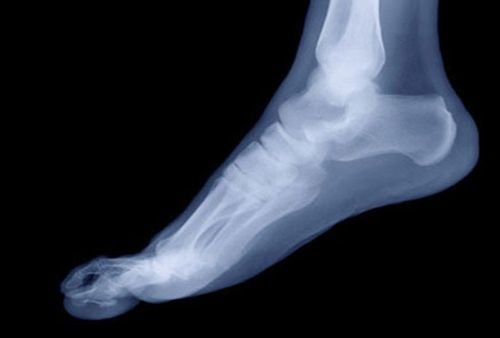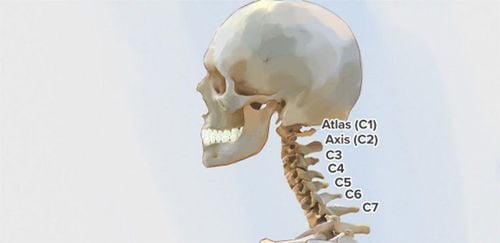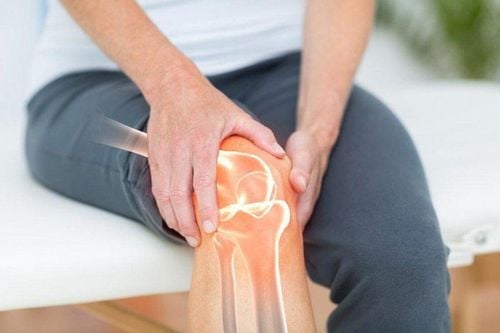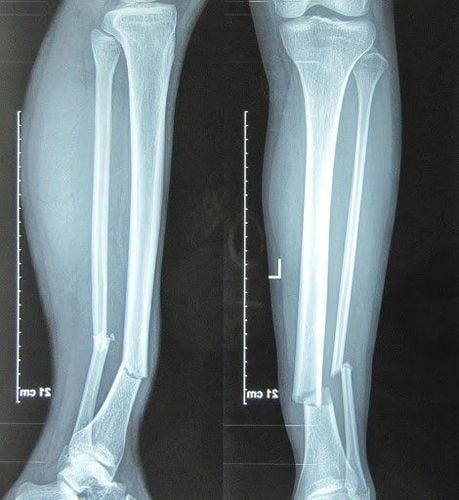This is an automatically translated article.
The article is expertly consulted by Master, Doctor Hoang Van Lan Duc - Doctor of Radiology - Department of Diagnostic Imaging and Nuclear Medicine - Vinmec Times City International General Hospital.Injuries that lead to femur fractures are often ordered by specialists to take X-rays to diagnose the location and type of fracture. So how is a femoral X-ray performed and what does the patient need to do during the scan to make the X-ray session go smoothly?
1. When does the doctor order an X-ray of the femur?
The femur is the longest, strongest bone in a large muscle mass that is nourished by many blood vessels. The structure of the femur consists of: the bony body, the upper and lower ends of the femur.Body: Curved and convex anteriorly, with three faces and three borders. Upper head: Consists of 4 parts: the femoral head, the femoral neck, the great trochanter and the minor trochanter, Lower head: The part contiguous to the tibia by two bridges inner and outer convex. The femur is the strongest bone in the body, so impacting the bone requires a great deal of force. Usually, femur fractures are often caused by strong impacts such as traffic accidents, work accidents...
Fractures of the femur often have a lot of bleeding that can cause blood-cooling shock, femur fractures have many different fracture locations. such as: Twisted, open or broken femoral shaft fracture, femoral neck fracture .. to determine the exact location of the fracture, the doctor usually prescribes an x-ray of the straight femur. This method provides the doctor with the fastest picture of the fracture status, fracture location and type of fracture.
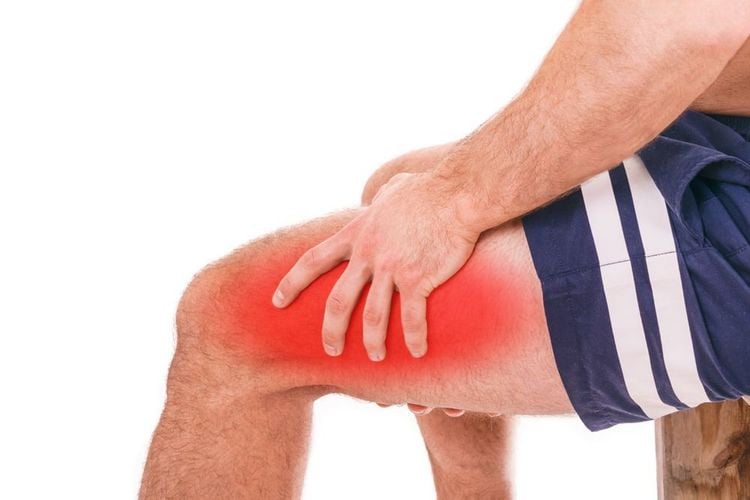
Chụp X-quang xương đùi thẳng nghiêng giúp bác sĩ chẩn đoán tình trạng gẫy nhanh nhất
2. X-ray procedure of the femur
Fractures of the femur are highly displaced; Therefore, when taking X-rays, it requires carefulness and gentleness, limiting displacement. The upright femoral position is essential.2.1 Preparation before taking the patient who is clinically diagnosed with a femoral fracture will receive an appointment letter to take x-rays from the doctor. After arriving at the designated x-ray area, the technician will guide the patient about the imaging procedure. The patient exposes the thigh for x-ray according to the instructions of the technician in charge. 2.2 X-ray procedure Following are the steps to perform a lateral femoral X-ray:
Straight femoral X-ray: Instruct the patient to lie supine on the table with arms extended, feet slightly rotated into the posterior aspect of the femur longitudinally close to the film. Tilted femoral X-ray: Instruct the patient to lie on the side to be imaged on the table, with the right leg to be taken at the knee flexed, the thigh is slightly flexed, the outer side of the thigh is vertically aligned with the film. Adjust the convex shaft and pulley perpendicular to the film. For the opposite leg, the patient leans on the table and leans back as much as possible, the hand on the side that needs to be covered is extended straight, the hand on the side that doesn't need to be grabbed holds the edge of the table. Set the mark right or left. The x-ray ball is projected from above perpendicular to the film. The central ray is localized to the midpoint of the femoral shaft. Instruct the patient to remain in the position. The distance of the film ball is 1m, the X-ray beam is localized. Check the buttons on the control cabinet, observe the patient through the glass and press the X-ray generator button.
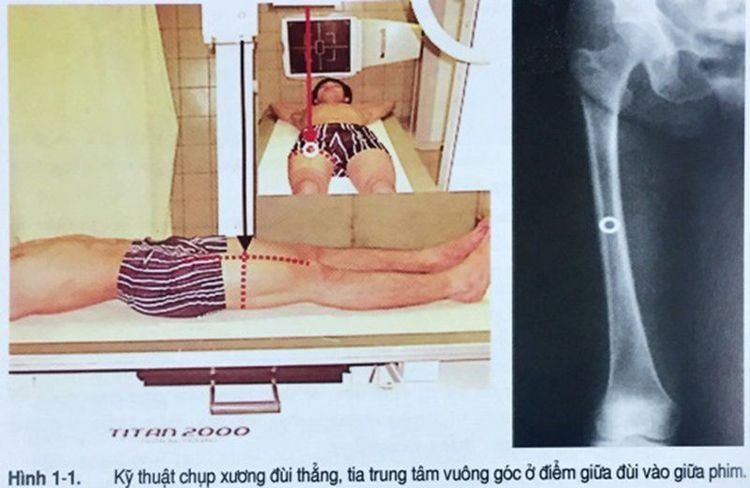
Tư thế chụp x-quang đùi thẳng
For straight femoral X-ray: Obtain the entire femur. The side to be photographed is in the middle of the film. Obtain 2 joints or at least 1 joint near the lesion. For lateral femoral X-ray: Get 2/3 below the femur on the right side to be taken in the middle of the film, get the knee joint. The film has contrast sharpness, the film is clean without scratches. Have the patient's full name, P and T markings, date and year of the scan. Master. Doctor Hoang Van Lan Duc was formally trained and graduated with a Master's degree from Hanoi Medical University. The doctor has more than 10 years of experience in the field of imaging, especially in diagnosing with emergency internal, surgical, abdominal, thoracic, musculoskeletal, neurological and thyroid, breast, ...
Any questions that need to be answered by a specialist doctor as well as customers wishing to examine and treat at Vinmec International General Hospital, you can contact Vinmec Health System nationwide. or register online HERE.
MORE
Types of femoral shaft fractures and treatment measures Treatment & prevention of femoral neck fractures in the elderly Bone fusion surgery for femur fractures






